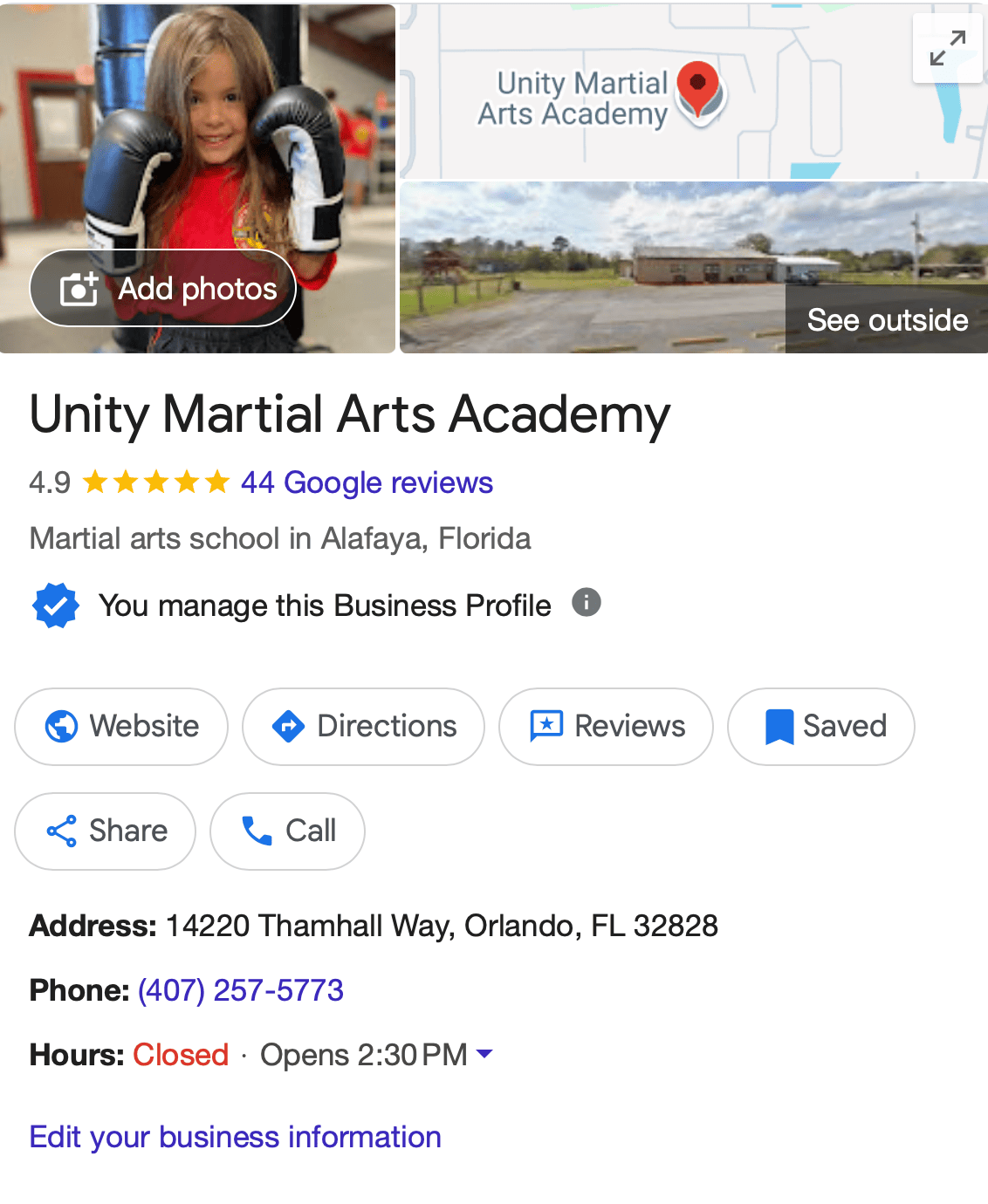Choosing the Right Location, Rent, and Space for Your Martial Arts School
When setting up a martial arts school, the location, cost of rent, and the physical space you choose are crucial to your success. These elements are like the components of a well-hung picture: they must complement each other perfectly to create a harmonious outcome. Here’s how to balance these factors to set up a thriving martial arts school.
Selecting the Right Area
The location of your martial arts school must be strategically chosen to match the demographic you aim to serve. Different types of martial arts schools thrive in different settings:
- Adult kickboxing schools flourish in urban areas filled with apartments and condos.
- Children’s martial arts schools do best in family-oriented neighborhoods close to schools.
- Exclusive, high-end martial arts clubs might find their niche in business districts, serving busy professionals.
Managing Rent Costs
Rent is one of your most significant ongoing expenses. Choosing a location where the rent is manageable is crucial. High rent can stifle cash flow, making it challenging to grow or even sustain your business. It’s vital to strike a balance between a desirable location and affordable rent to avoid financial strain.
Optimizing School Space
The size and design of your school should cater not to your dreams but to your target market’s needs. Overbuilding can lead to high costs without corresponding benefits. It’s better to start modestly and expand as your school’s reputation and student base grow.
Understanding Market Dynamics
Here’s a brief overview of different market sizes and what they mean for your martial arts school:
- Small Towns (Population under 50,000): These areas offer less competition and a chance to become a community hub, which can be very rewarding.
- Small Cities (50,000-100,000): These provide a balance of manageable competition and enough population to support a thriving school.
- Medium Cities (100,000-250,000): While more competitive, these areas offer greater diversity in location choices and a larger potential customer base.
- Large Cities (250,000+): The highest levels of competition and cost, but also the greatest potential due to population density.
Example Success Stories
In large cities like New York, schools like Tiger Shulmann’s have achieved remarkable success by mastering the balance of location, space, and market understanding. Similarly, smaller schools in less populous areas can dominate their local markets by providing highly tailored services that meet the unique needs of their communities.
Conclusion
Choosing the right area, managing rent wisely, and optimizing your space are akin to ensuring a picture not only fits its frame but also enhances the room it’s in. By understanding and adapting to the dynamics of your chosen location, you can set your martial arts school up for success, ensuring it becomes a cherished part of your community.


